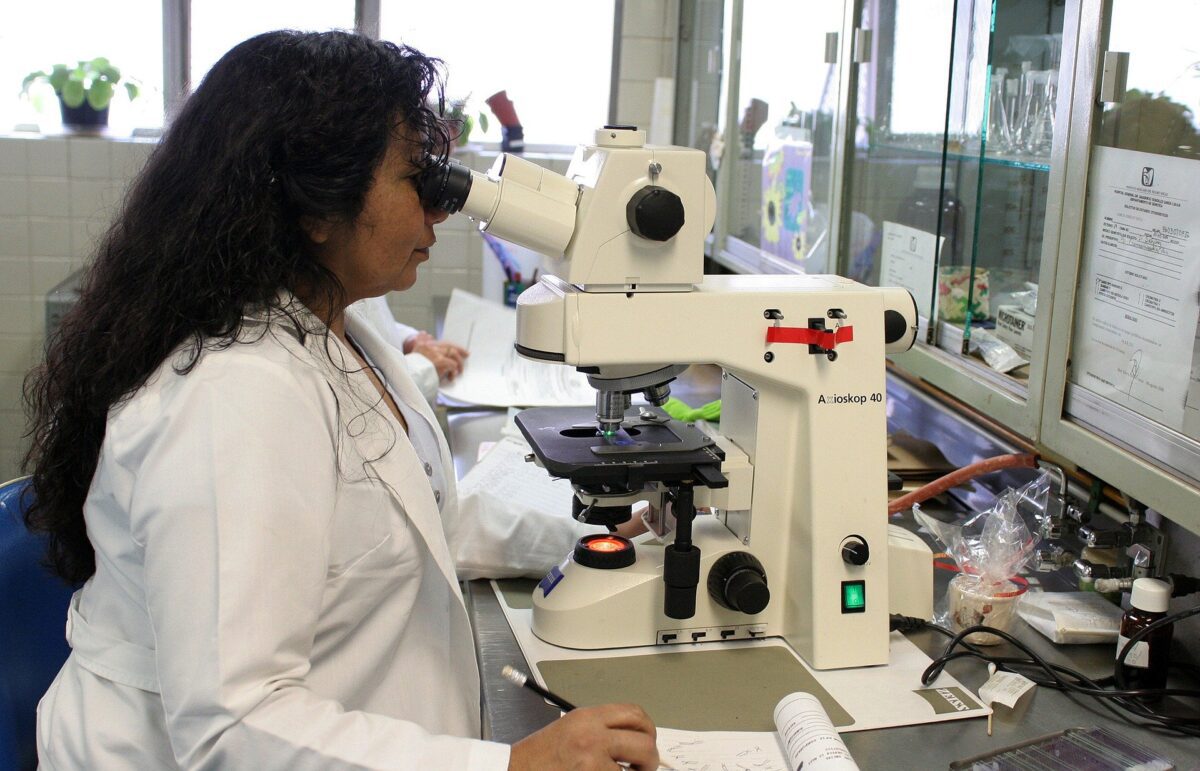Medical assistants play a significant role in today’s healthcare industry. Medical assistants work alongside treating physicians as their assistants. They do a little bit of almost everything in a medical facility, with their tasks being both medical and administrative.
They collect lab specimens, like drawing blood, taking medical histories, administering medication following the doctor’s direction, scheduling appointments, keeping records organized and safe, and picking calls.
If this feels like your ideal career path, you may be wondering how long it takes to become one. But worry not, as this article explains all that question and more about this career.
You Need to Enroll In a Medical Assistant Training Program
The US Bureau of Labor Statistics predicts that medical assistant jobs will grow by 18 percent by 2030 compared to the 4 percent average for all other careers. This means considering a career in this field may be a good decision, especially if you have ever dreamed of a career in the medical field but couldn’t make it as a physician. The first step towards this career is taking a medical assistant course.
If you are looking for the bare minimum qualification, the training can take anywhere from six months to one year, but it can take longer if you intend to take an associate degree.
Choose an Accredited Institution
Where you enroll for the training is as important as getting the training. Therefore, you will want to ensure the institution is accredited to offer the training and recognized across America.
A search on the internet can offer you countless options, which can be overwhelming. If you get overwhelmed by the choices, consider taking this medical assistant program in New Jersey from an institution that has been training medical assistants for years.
Internship
Besides the time you will need to complete a medical assistant program, you will have to undergo at least 160 hours of internship at a medical facility under the supervision of a healthcare professional. Under normal circumstances, the 160-hour externship program should take not less than four weeks.
After completing your program and internship, you will be ready for employment. This means the least amount of time you can spend on training can be anything from one to 2 years for beginner level training.
Certification
There is no legal requirement for certification for medical assistants. In fact, you can start a career without formal training and learn on the job. However, most employers may not hire persons without academic papers, so getting your papers can put you at an advantage in the job market.
Besides your academic papers, you may want to get a Certified Medical Assistant (CMA) certification from the American Association of Medical Assistants (AAMA). While this certification is not a requirement for a person to work as a medical assistant, it gives you an added advantage. You must take and pass an AAMA exam to get this accreditation.
Also, you can only take this exam if you have received vocational training or have an associate degree in the field. The CMA accreditation certificate is recognized across all states, which means you can include it in your application in any state.
Skills Gained Through the Training
A medical assistant career requires doing a wide range of tasks. Similarly, a medical assistant training program offers training on a wide range of skills which include:
- Medical law and ethics
- Pharmacology
- Phlebotomy Anatomy and physiology
- Patient history/vital signs/CPR
- Clinical procedures Electrocardiography (EKG)
- Patient hygiene/infection control
- Professional communication
- Career development
- Records management
Final Words
While it’s possible to start a medical assistant career without formal training, training from an accredited institution helps make you stand out in the job market. That means you will want to be careful when choosing an institution.
